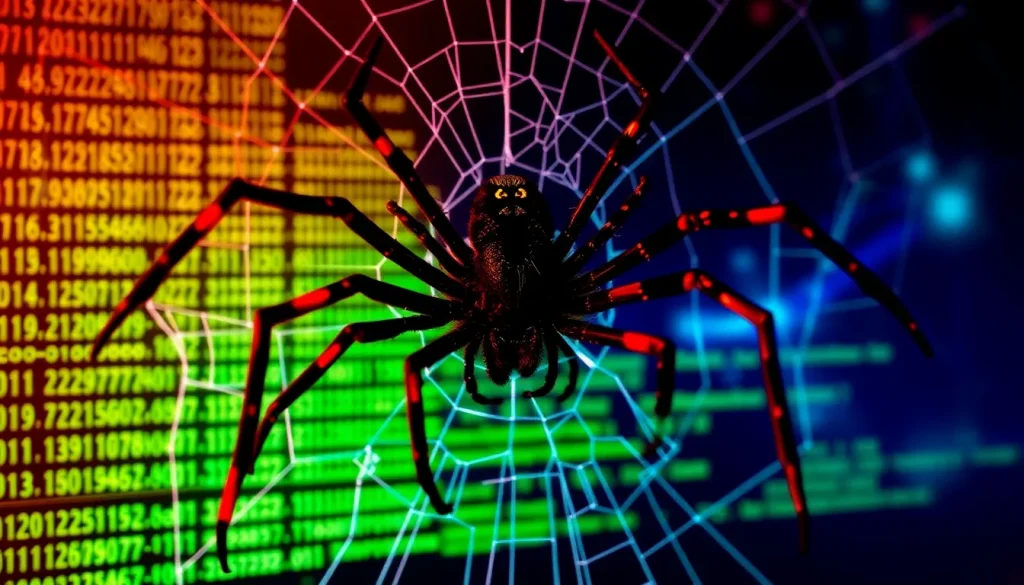UK Teens Charged in Scattered Spider Ransomware Attacks

In recent times, the issue of cybersecurity has escalated into a major concern for businesses and consumers alike. With the rise of sophisticated cybercriminal organizations, the threat of ransomware attacks has become more prevalent. One such case involves two teenagers from the United Kingdom who have been charged in connection with a significant ransomware operation that targeted numerous companies across the United States. The implications of their actions extend far beyond the financial losses incurred by the businesses involved.
This article delves into the details of the charges, the operations of the group they were associated with, and the broader impact of ransomware attacks on society. Understanding these aspects is crucial for anyone interested in the realm of cybersecurity and the challenges it poses in today's digital landscape.
Charges against the UK teenagers
Federal prosecutors have made headlines by charging a 19-year-old from London, Thalha Jubair, with conspiracy to commit computer fraud and other related crimes. This charge is in connection to a series of network intrusions that affected 47 companies in the United States, leading to more than $115 million in ransom payments over a three-year period.
A criminal complaint was unsealed recently in the US District Court of New Jersey, revealing Jubair's involvement with a group known as Scattered Spider. This English-speaking organization is notorious for breaching the networks of multiple companies globally. After gaining unauthorized access to sensitive data, they would extort the victims with hefty ransom demands, threatening to publish or sell their confidential information if payments were not made.
Details of the group Scattered Spider
Scattered Spider is emblematic of the new wave of cybercriminal organizations that have emerged in the digital age. These groups often operate in a decentralized manner, utilizing various online platforms to communicate and coordinate their attacks. Here are some key aspects of their operations:
- Targets: They typically focus on sectors that hold valuable data, such as healthcare, finance, and transportation.
- Techniques: They employ sophisticated phishing techniques and malware to infiltrate corporate networks.
- Ransom demands: The amounts demanded can vary significantly, often reaching millions of dollars, depending on the size of the company and the sensitivity of the data compromised.
- Payment methods: Bitcoin and other cryptocurrencies are commonly used for transactions, providing anonymity for the perpetrators.
- Consequences: Beyond financial losses, companies face reputational damage and potential legal repercussions following such breaches.
Involvement in the Transport for London cyberattack
On the same day that Jubair was charged, another member of Scattered Spider, 18-year-old Owen Flowers from Walsall, was also charged by UK prosecutors. His involvement is linked to a cyberattack on Transport for London (TfL), the agency responsible for overseeing London's public transportation system. This attack led to a prolonged recovery effort, highlighting the extensive impact of such breaches.
Both Jubair and Flowers were arrested at their homes and subsequently appeared at Westminster Magistrates Court. They have been remanded to appear in Crown Court on October 16. Flowers had previously been arrested in September 2024 in connection with the TfL incident but was released later. According to the National Crime Agency (NCA) of the UK, both teens were not only involved with TfL but also participated in a cyberattack on SSM Health Care and attempted to breach Sutter Health, both of which are located in the United States.
The aftermath of ransomware attacks
The consequences of ransomware attacks extend well beyond immediate financial losses. Companies often face:
- Legal challenges: Victims may be subject to lawsuits from affected customers or regulatory bodies.
- Operational disruptions: Recovery from such attacks can take months, during which business operations may be severely hindered.
- Increased cybersecurity measures: Following an attack, organizations typically invest heavily in enhancing their security protocols.
- Reputational damage: Trust is crucial in business, and a cyber breach can have long-lasting effects on a company's reputation.
Preventative measures against ransomware
As ransomware attacks continue to rise, it is imperative for organizations to adopt a proactive stance on cybersecurity. Some effective measures include:
- Employee training: Regular training sessions can help staff identify phishing attempts and other malicious activities.
- Regular software updates: Keeping software up to date can patch vulnerabilities that cybercriminals exploit.
- Data backup: Regularly backing up data can mitigate the impact of a ransomware attack, allowing companies to restore operations without paying a ransom.
- Incident response plan: Having a well-defined incident response plan can help organizations respond quickly and effectively in the event of a breach.
- Multi-factor authentication: Implementing multi-factor authentication can add an extra layer of security to sensitive accounts.
The role of law enforcement in combating cybercrime
Law enforcement agencies worldwide are increasingly recognizing the importance of collaboration in tackling cybercrime. The case of Jubair and Flowers underscores the significance of international cooperation in addressing cyber threats. Authorities are constantly adapting their strategies to deal with the evolving tactics employed by cybercriminals.
Efforts by organizations such as the Cyber Crime Unit and the National Cyber Security Centre (NCSC) in the UK have been crucial in identifying and apprehending individuals involved in cybercrime. These agencies work alongside international partners to share intelligence and resources, making it more challenging for cybercriminals to operate.
In conclusion, the operations of groups like Scattered Spider exemplify the pressing threat posed by cybercriminals today. As technology continues to evolve, so too must our approaches to security and law enforcement. The case of these two teenagers serves as a stark reminder of the far-reaching implications of cybercrime and the continuous need for vigilance and preparedness in the digital realm.




Leave a Reply